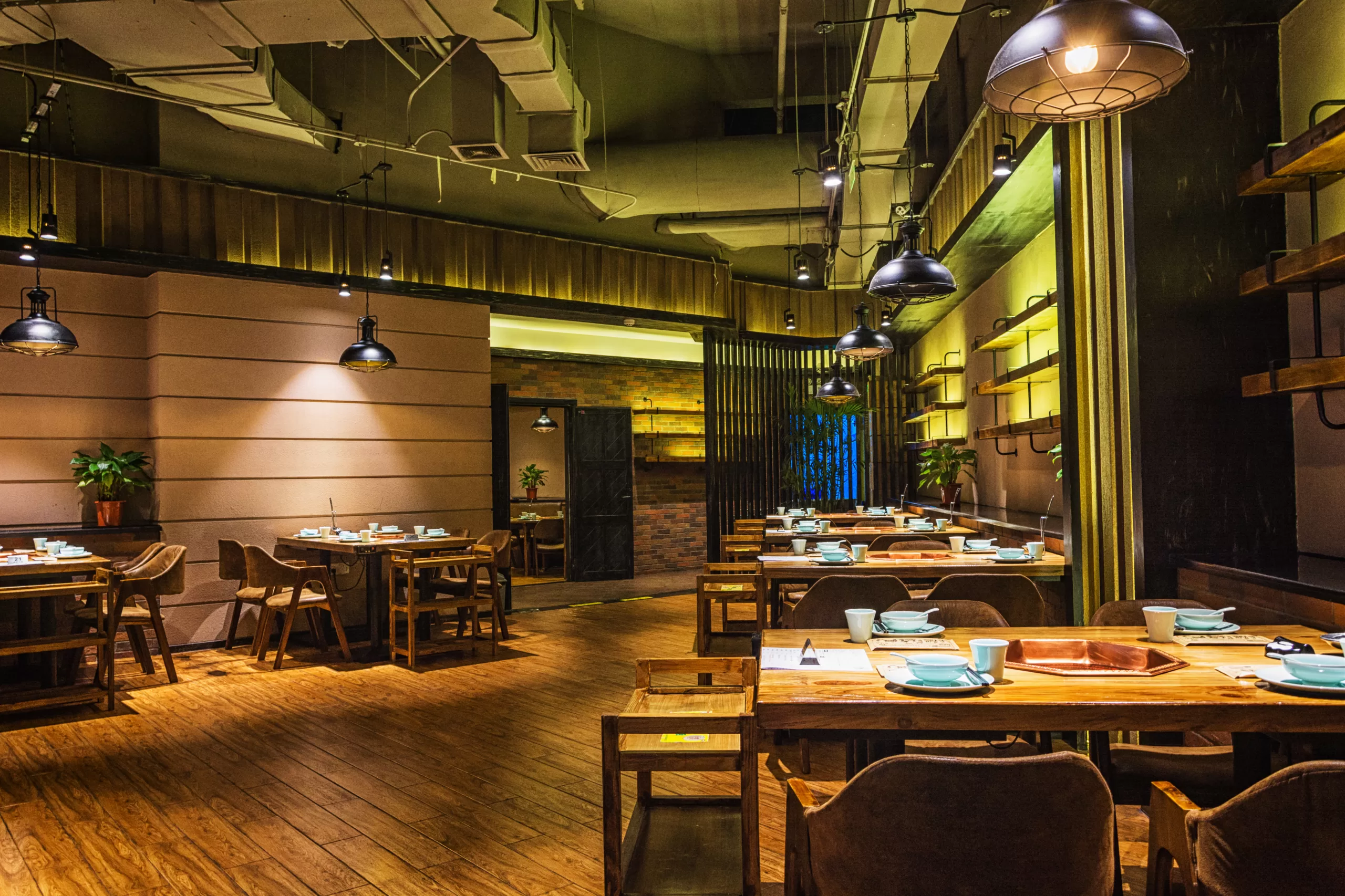In the competitive world of the restaurant industry, a well-crafted marketing plan is essential for success. Whether you’re launching a new restaurant or looking to revitalize an existing one, a strategic approach to marketing can make all the difference. This article will guide you through the key elements of a successful restaurant marketing plan, providing you with actionable insights to attract and retain customers.
Understanding Your Target Audience
The foundation of any effective marketing plan is a deep understanding of your target audience. Identify the demographics, preferences, and behaviors of your ideal customers. Are you catering to families, young professionals, or food enthusiasts? Knowing your audience allows you to tailor your marketing strategies to resonate with their needs and desires.
Unique Selling Proposition (USP)
What sets your restaurant apart from the competition? Define your Unique Selling Proposition (USP) – the distinctive qualities that make your establishment memorable. Whether it’s a signature dish, exceptional service, or a unique ambiance, highlight these aspects in your marketing efforts. Your USP is what will attract customers and keep them coming back.
Online Presence
In the digital age, a strong online presence is non-negotiable. Invest in a user-friendly, mobile-responsive website that showcases your menu, ambiance, and contact information. Leverage social media platforms to engage with your audience, share mouth-watering visuals, and run targeted promotions. Encourage customer reviews on platforms like Yelp and Google to build credibility and trust.
Content Marketing
Create compelling content to keep your audience engaged and informed. Start a blog on your website to share behind-the-scenes stories, recipes, and chef spotlights. Develop visually appealing and shareable content for social media platforms. Utilize email marketing to stay in touch with your customers, sharing promotions, events, and exclusive offers.
Influencer Collaborations
Collaborating with influencers can amplify your restaurant’s visibility. Identify local influencers with a significant following in your target demographic. Invite them to experience your restaurant and share their experiences on social media. Authentic endorsements from influencers can drive traffic and generate buzz.
Loyalty Programs
Implementing a loyalty program can encourage repeat business. Offer discounts, freebies, or exclusive access to loyal customers. Use a digital platform to track and reward customer loyalty. This not only fosters repeat business but also turns satisfied customers into brand ambassadors.
Partnerships and Collaborations
Explore partnerships with local businesses, events, or charities. Cross-promotions can expand your reach and attract new customers. Consider collaborations with food delivery services or hosting events with nearby businesses. Community engagement builds a positive brand image and fosters a sense of belonging.
Online Ordering and Delivery
With the rise of food delivery services, offering online ordering is almost imperative. Partner with popular delivery platforms or invest in an in-house delivery system. Ensure that your menu is optimized for online ordering, with attractive visuals and clear descriptions. Streamlining the delivery process enhances customer satisfaction.
Monitoring and Analytics
Regularly monitor the performance of your marketing strategies through analytics. Track website traffic, social media engagement, and the success of promotions. Analyzing data allows you to identify what works and what needs improvement, enabling you to refine your marketing plan for optimal results.
Conclusion
Crafting a successful restaurant marketing plan requires a thoughtful and multi-faceted approach. By understanding your audience, emphasizing your unique selling proposition, maintaining a strong online presence, and leveraging various marketing channels, you can create a strategy that not only attracts new customers but also fosters loyalty. Stay adaptable, embrace new trends, and consistently assess your efforts to ensure your restaurant remains a thriving and sought-after establishment in the competitive culinary landscape.
Some additional Points
1. Seasonal and Limited-Time Offers
Introduce seasonal menus and limited-time offers to create a sense of urgency and excitement. This not only keeps your menu fresh and interesting but also encourages repeat visits from customers who want to try something new. Consider aligning these promotions with local events or holidays to capitalize on the festive spirit and attract a larger audience.
2. User-Generated Content (UGC)
Encourage your customers to create content about their experiences at your restaurant. This can include sharing photos, writing reviews, or participating in contests. UGC adds authenticity to your brand and serves as free promotion. Feature customer content on your social media, website, or even within the restaurant itself. Consider creating branded hashtags to make it easy for customers to share their content and for you to track engagement.
3. Customer Feedback and Improvement
Actively seek customer feedback through surveys, social media polls, or direct reviews. Pay attention to both positive and negative feedback, and use it as valuable insight for improvement. Address negative reviews promptly and professionally, showcasing your commitment to customer satisfaction. Additionally, highlight positive feedback and testimonials on your marketing channels to build trust and credibility. Continuously evolving based on customer input is key to long-term success.
Remember, the key to a successful marketing plan is consistency and adaptability. Regularly reassess your strategies, stay attuned to industry trends, and remain responsive to customer feedback to keep your restaurant thriving in a dynamic and competitive market.

